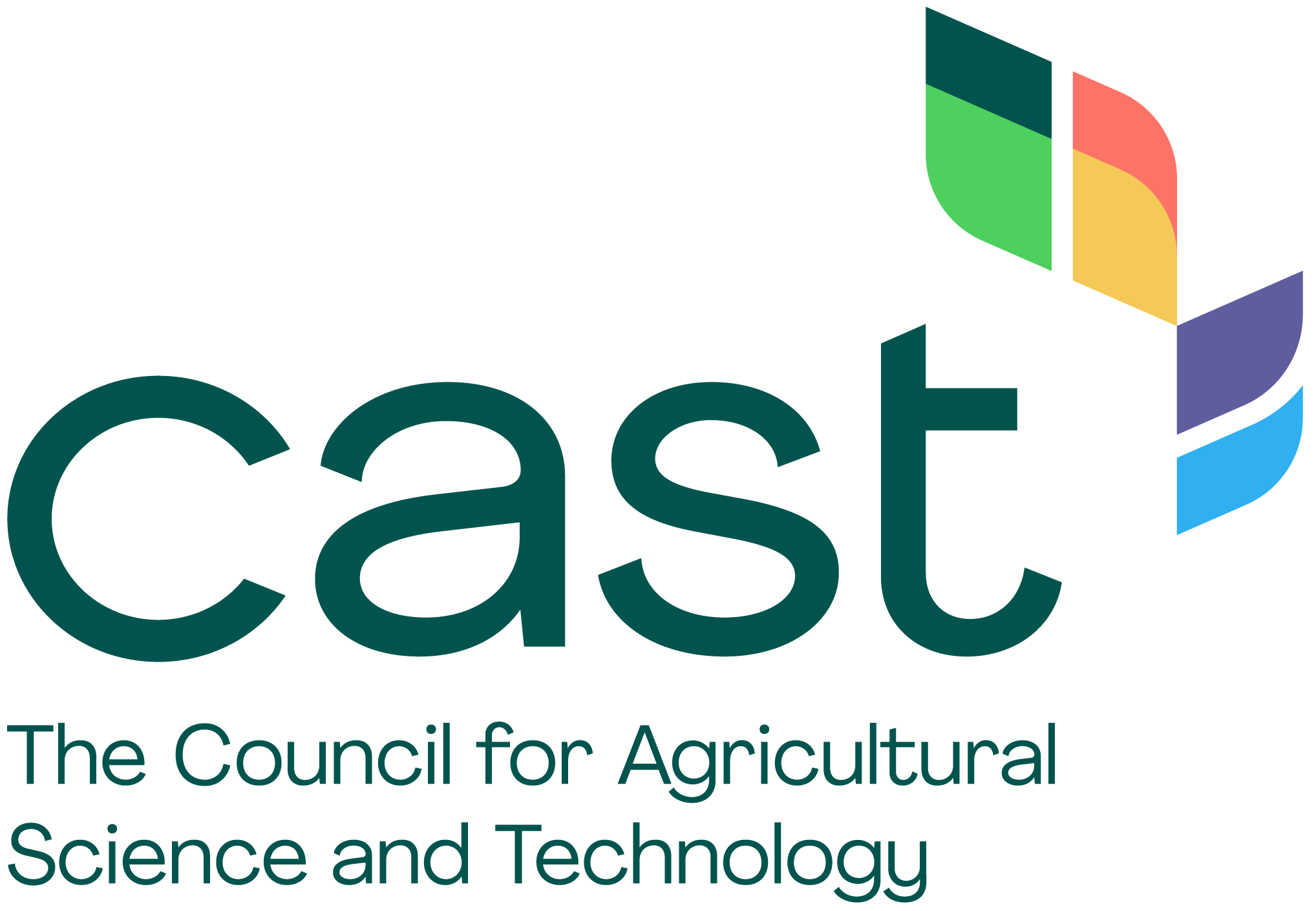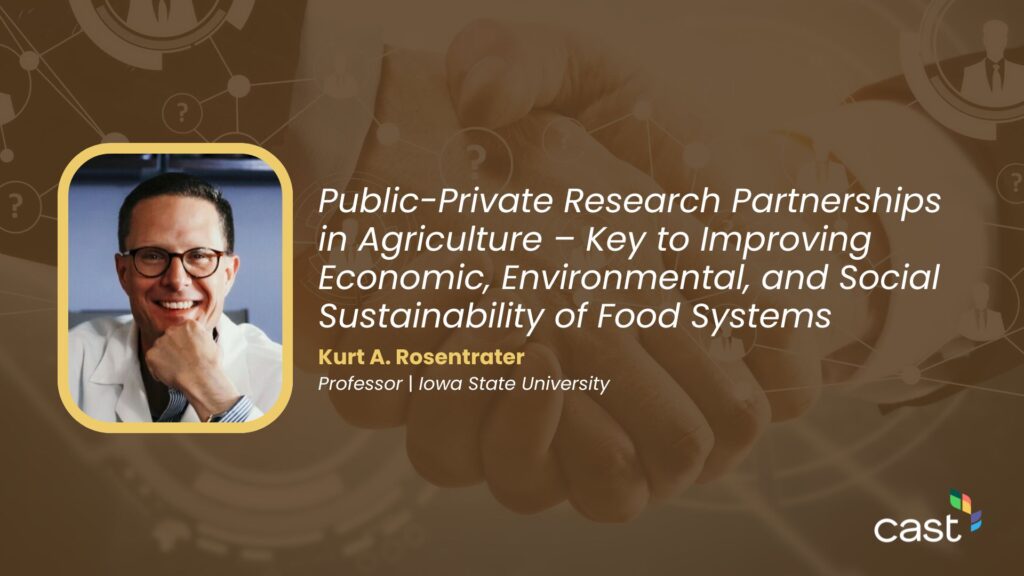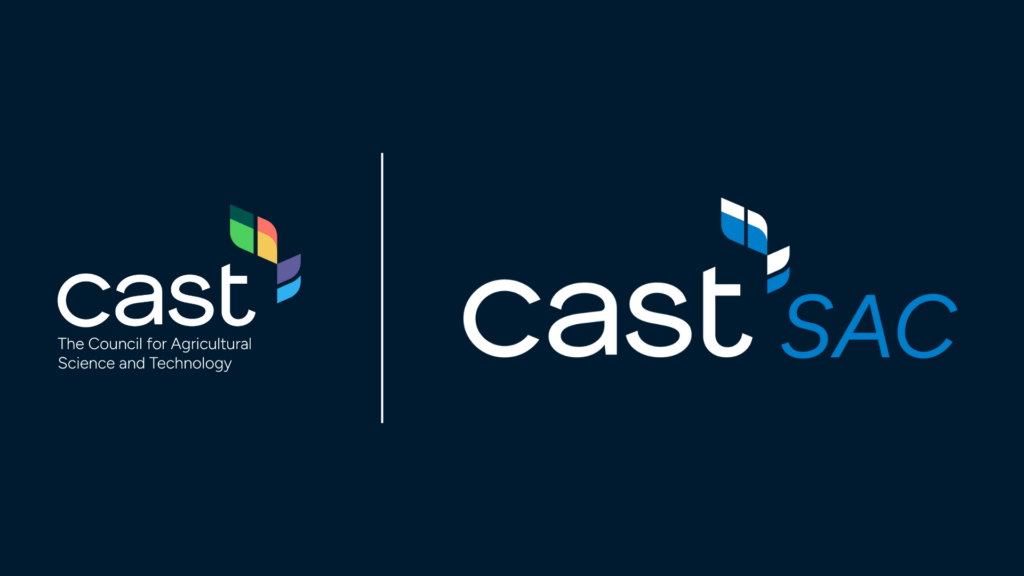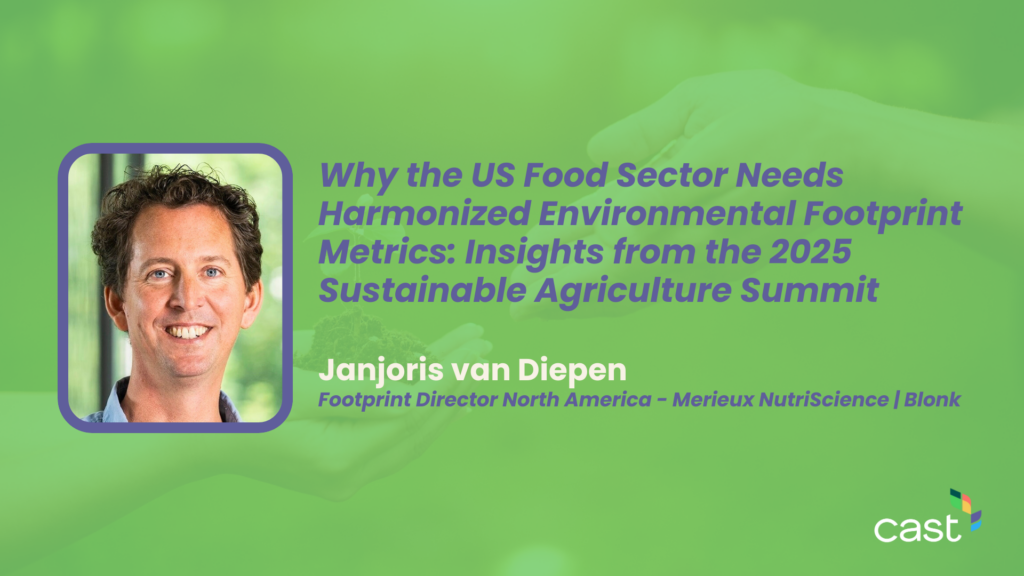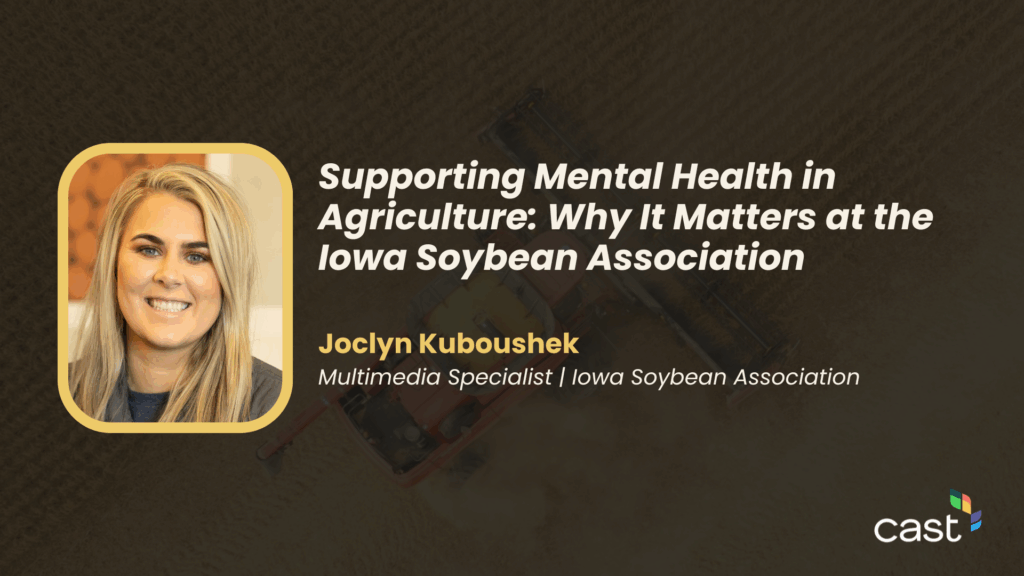By Kurt A. Rosentrater – Professor | Iowa State University
Introduction
Over the past several decades there has been much discussion about how to feed the world’s growing population. The United States has long history of global leadership in agricultural research, development, and innovation. A key to this success has been a dynamic public-private partnership framework amongst federal and state governments, land-grant universities, and private companies. This approach has resulted in accelerated scientific discoveries, technological developments, and commercial implementations throughout agricultural and food product supply chains, all the way from farms to consumers. These partnerships have been essential to not only increasing commodity yields, but also improving rural livelihoods and economic prosperity, food security, as well as improving soil conservation and environmental sustainability efforts. This paper reviews some aspects in the history and various accomplishments of U.S. agricultural research throughout the 20th and into the 21st Centuries, highlighting evolutions, notable innovations, and societal impacts.
Foundations to 20th Century Progress: The U.S. Land-Grant System
The partnership approach to U.S. agricultural research has its roots in the establishment of the land-grant university system under the Morrill Act of 1862, of which Iowa State University was the first (in 1862), while Kansas State University (in 1863) was arguably the second land-grant university. Establishing these institutions, coupled with the Hatch Act (of 1887) and the Smith-Lever Act (of 1914), created a trio of education, research, and extension/outreach services (National Research Council, 1996). As part of these activities extension agents, through the state agricultural experiment stations, began working closely with emerging private ag tech companies (e.g., seed and farm machinery), as well as providing training to farmers. This approach led to an acceleration in innovations in crop breeding and farm mechanization. Collaborations between universities and equipment companies, such as John Deere and International Harvester, and early hybrid seed developers such as Pioneer Hi-Bred, helped farmers transition from open-pollinated to hybrid corn, increasing yields dramatically, which required more efficient farm machines and operations (Pardey, Alston, & Ruttan, 2010).
Hybrid Corn (1930s–1950s)
The development and commercialization of hybrid seed corn has been noted as one of the most important agricultural innovations in modern history. It was originally led by researchers at land-grant institutions such as Iowa State University and the University of Illinois. Various seed companies (Pioneer Hi-Bred was one of the most prominent) partnered with university scientists to facilitate hybrid seed production, sales, and distribution. By the 1950s, over 90% of U.S. corn acres were planted with hybrid seeds (Evenson & Gollin, 2003). This resulted in more than doubling of corn yields between 1930 and 1960, and this fully established the commercial viability of publicly-developed agricultural innovations when deployed via private-sector supply chains.
Green Revolution (1950s – 1980s)
Public research institutions in the U.S. were instrumental in the development of the Green Revolution, which continues to have global impact. For example, scientists at the University of Minnesota and the USDA collaborated with international efforts led by the Rockefeller and Ford Foundations (Dalrymple, 1975). Research partnerships helped influence domestic collaborations around inputs, pest management, soil conservation, and extension services. Further, partnerships between public researchers and companies such as DuPont and BASF led to the widespread adoption of synthetic fertilizers, herbicides, and insecticides in the U.S., which was further facilitated through cooperative extension outreach and agribusiness sales (Fernandez-Cornejo et al., 2014). Over the years, however, it has come to light that use of many synthetic chemicals have unintended consequences. But at the time they were invented to serve specific needs in agricultural production.
Biotechnology and the Bayh-Dole Act (1980s–2000s)
The passage of the Bayh-Dole Act in 1980 was a critical landmark for agricultural research, as it allowed universities to retain intellectual property rights for inventions developed via federally funded projects, which then allowed the universities to license their developments to private companies (Mowery et al., 2001). This legislation promoted a new era of public-private partnerships, many of which were focused on agricultural biotechnology.
At this time universities were developing key biotech tools such as agrobacterium-mediated transformation and gene-editing techniques, which were licensed to companies such as Monsanto and Syngenta, which then commercialized various seed lines and hybrid varietiess for use by farmers throughout the U.S. (Graff, Cullen, Bradford, Zilberman, & Bennett, 2003). And, these companies have continued to collaborate with public researchers on field trials and trait development over the years.
For example, Bt corn and cotton varieties were introduced in the 1990s. Original research studies were conducted at multiple universities and key developments were then commercialized through private firms. These crops reduced pesticide use, increased yields, and achieved over 90% adoption by U.S. farmers by 2010 (Fernandez-Cornejo et al., 2014). Bt traits have expanded to many more crops than cotton and corn. And companies continue to develop new genetic technologies to achieve a variety of pest and herbicide resistance, drought tolerance, and yield improvements.
Precision Farming and Digital Agriculture (2010s–Present)
In recent years many research partnerships have focused on digital agriculture—integrating sensors, software, big data, and robots into farm management (sometimes referred to as Agriculture 4.0). Collaborations amongst farm equipment companies, input companies (e.g., seed, fertilizer, herbicide, etc.), technology and software companies, universities, and federal agencies have helped develop and commercialize tools for yield and moisture measurement (both on-the-go as well as field totals), forecasting, input optimization, and risk management.
A few examples of partnerships include the following: The Climate Corporation (which is a subsidiary of Monsanto/Bayer) partnered with NOAA (National Oceanic and Atmospheric Administration) and USDA (U.S. Department of Agriculture) to improve weather-based decision support for farmers and ag businesses (Schimmelpfennig, 2016). FieldView and Granular integrate university research on agronomic modeling with farmer-specific weather, soil, and crop information to help make informed decisions to improve profitability. Furthermore, partnerships between the USDA, land-grant universities, and private startups have accelerated AI and machine learning applications in precision agriculture (FFAR, 2021).
Sustainable Agriculture, Regenerative Agriculture, Climate-Smart Agriculture (Present)
In recent years, there have been an increasing number of collaborations that are focused on reducing environmental impacts (such as soil erosion, nitrogen and phosphorus runoff into streams, rivers, and groundwater, sequestering carbon, and regenerating soil), while contemporaneously increasing farmland productivity and profitability. For example, Soil Health Partnerships have been established between the National Corn Growers Association, Bayer, and USDA National Resources Conservation Service (NRCS) to promote cover crops and reduce tillage, and are based on public research results. The Dairy Sustainability Alliance combines life cycle assessment studies from various universities with private company implementation to reduce methane emissions in the dairy industry. AgMission is an initiative led by FFAR, PepsiCo, and land-grant universities which focuses on farmer-centered solutions to reducing and mitigating climate risks (FFAR, 2022).
Conclusions
Public-private partnerships have been a critical component to U.S. agricultural research, development, and commercialization. Since the 1800s they have greatly accelerated growth in agricultural and food systems, both in terms of quantity as well as quality. This approach to research has aimed to align basic science with applied research, and to impact all aspects of supply chains, from farmers to consumers. By integrating the intellectual strengths of universities, government agencies, and private companies, the U.S. has created a resilient and responsive research ecosystem that will remain central to agricultural progress moving into the next century. Utilizing the strong foundation of land grant universities, intellectual property frameworks for technology transfer, a market orientation to research, and scientific rigor are all key components to this research enterprise, all of which are necessary to help provide food for a growing global population while overcoming evolving pest and weed challenges as well as mitigating environmental and climate impacts.
References
Dalrymple, D. G. (1975). The development and adoption of high-yielding varieties of wheat and rice in developing countries. American Journal of Agricultural Economics, 57(1), 40–49.
Evenson, R. E., & Gollin, D. (2003). Assessing the impact of the Green Revolution, 1960 to 2000. Science, 300(5620), 758–762.
Fernandez-Cornejo, J., Wechsler, S., Livingston, M., & Mitchell, L. (2014). Genetically engineered crops in the United States (Economic Research Report No. 162). USDA Economic Research Service.
Foundation for Food and Agriculture Research (FFAR). (2021). Annual Report 2021. https://foundationfar.org
Foundation for Food and Agriculture Research (FFAR). (2022). AgMission Initiative. https://foundationfar.org/agmission
Graff, G. D., Cullen, S. E., Bradford, K. J., Zilberman, D., & Bennett, A. B. (2003). The public–private structure of intellectual property ownership in agricultural biotechnology. Nature Biotechnology, 21(9), 989–995.
Mowery, D. C., Nelson, R. R., Sampat, B. N., & Ziedonis, A. A. (2001). The growth of patenting and licensing by U.S. universities: An assessment of the effects of the Bayh–Dole Act of 1980. Research Policy, 30(1), 99–119.
National Research Council. (1996). Colleges of agriculture at the land grant universities: A profile. Washington, DC: National Academy Press.
Pardey, P. G., Alston, J. M., & Ruttan, V. W. (2010). U.S. agricultural research in a global food security setting. AEI Press.
Schimmelpfennig, D. (2016). Farm profits and adoption of precision agriculture (Economic Research Report No. 217). USDA Economic Research Service.
